
The Tokyo Forgeries Blog
Scroll Search or Click
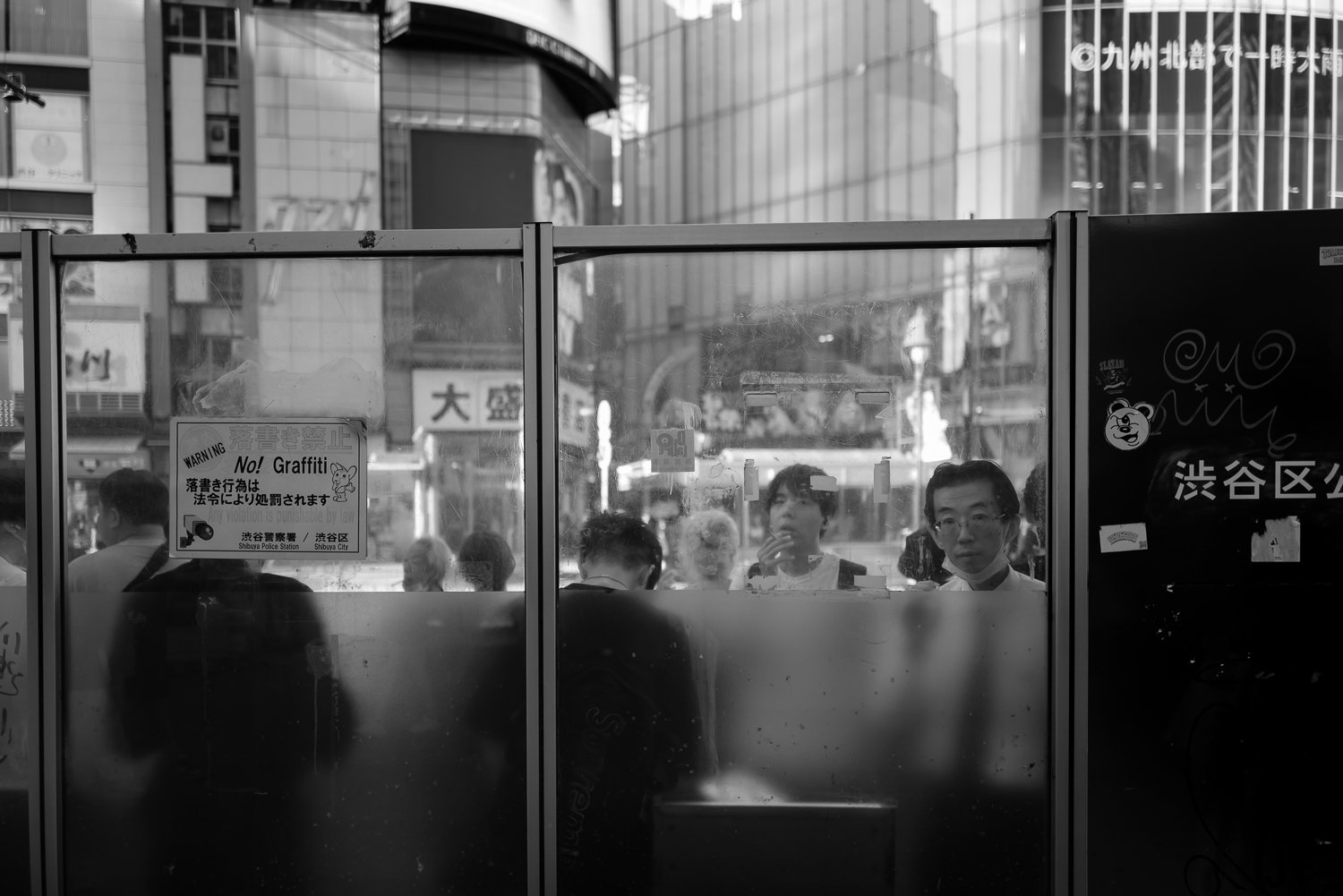
Street Photography Etiquette?
What is street photography etiquette? Is it practiced? When can it go over the line? Who decides that line? I aim to answer all these questions, not based on popular opinion, but on 20 years of street photography in Tokyo. Does that make me right? More correct than you? No. Etiquette is up to the individual.
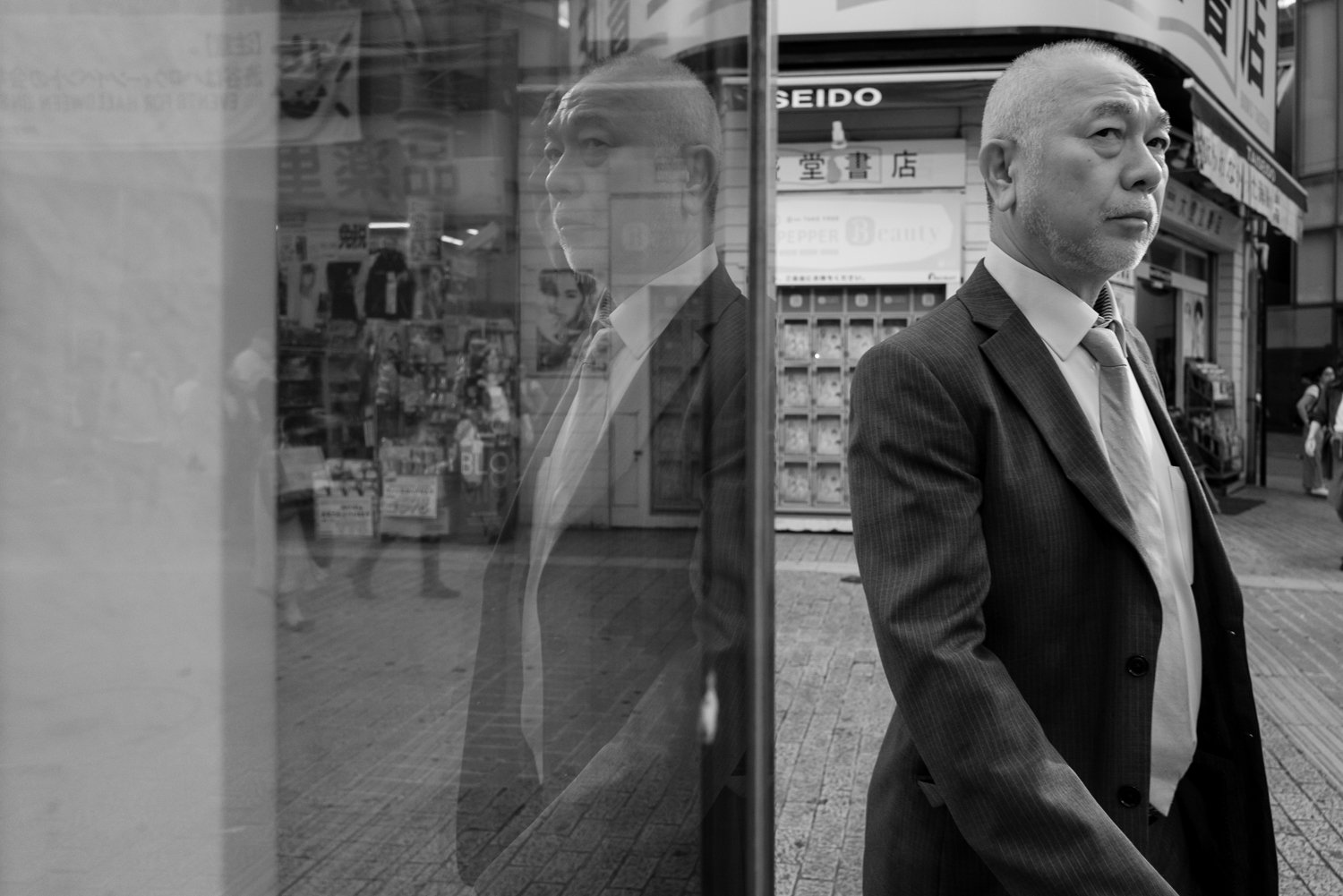
Shooting For Eye Contact In Shibuya
Eye contact is paramount. It resonates with everyone; it doesn’t matter if you enjoy street photography or any other type of photography—we all grasp the impact of eye contact. Why is it so hard to capture it? For me, it is fear.
Fear of the unknown, to be more specific. How will they react to having their picture taken? When I show them, how will they respond to my rendering? All these thoughts, along with the calculations, mathematical and creative to take photographs, plow through my mind instantly—the click of the shutter button is merely the result of all that grey matter processing. If the math is correct, the sum will be a good image.

Working the Scene in Tokyo’s Shibuya
One of the first lessons learned as a new street photographer is to work the scene. That is, to move around the scene you are shooting for the best image to capture. I learned this lesson very early as I only had access to a single lens, a 50mm. I would love to claim artistic instinct, but in truth, I had no other choice.

A Beautiful Night of Street Photography in Shibuya
What constitutes a beautiful night of street photography is italicized below. Though it is written in the formal language required for another publication, the highlighted text provides insight into not only how to approach teaching street photography but also how I practice it.

The Joy of Sharing Street Photography.
Most of my day as a street photographer is spent scouting new locations rather than shooting them. I do this not by choice but through instinct. I spend just enough time exploring an area’s potential, capturing something I am happy with, and moving on. I have many favourite spots in Tokyo. I revisit them often but never consider any particular place to be mine. If anything, they belong to the city, and I have only carefully observed their potential.

The Best Focal Length For Street Photography Is?
What is the best focal length? 28mm-35mm-50mm-wider or longer? A leading question for some is undoubtedly meant to be the title of this article, but what is the correct answer? That answer is simple, yet complicated by the effort required to achieve simplicity. The (simple)correct answer is the one you have with you. You have mastered it or are on the way to mastering it. This focal length matches the vision in the heart.

2025 Content Strategy: Or How I Learned to Trust Myself
In preparing for (setting)my 2025 goals I came to the realization that my approach for writing and sharing my work should mirror the way I create my images. I feel it, then I set to make it. I dont oftetn follow a set plan, finding mediocre results when I do. MY whole cratinve self is wrapped in pre-visualization. Sometimes it comes well in advance, and some days it happens in the moment: this is happening here, this light, that contrast, this background, i want this, yes, this , wait, wait, click. That is my thought process in the simplest form when taking a picture. Things are happening and I see this as the best final result. With decades of practice there is no internal dialouge, just the final image in mind.
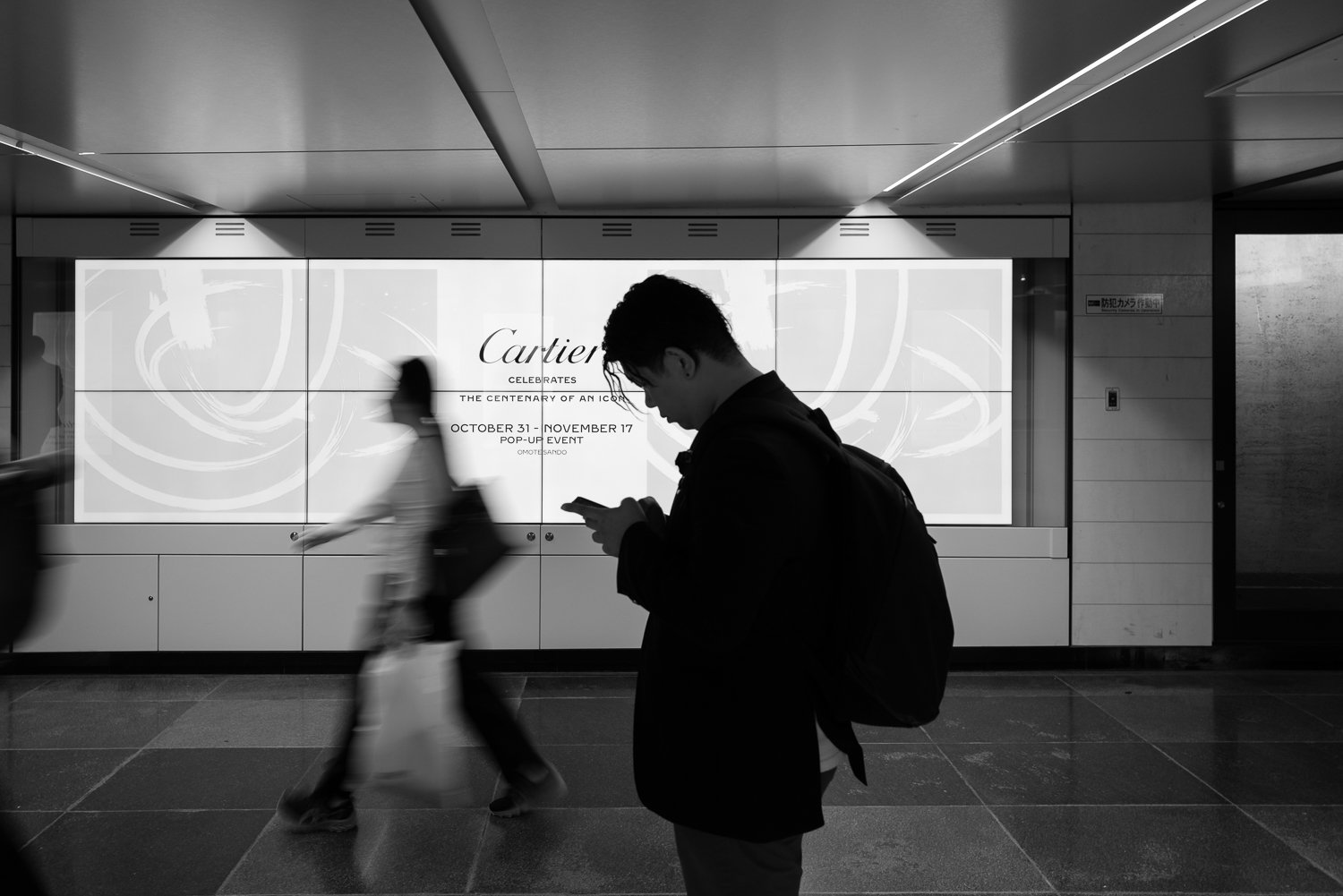
2025: Year of the Street Photography Book
It has been a goal of mine to write my own Tokyo street photography book. The task was more difficult than I had initially thought. The problem was that a different idea came out each time I sat down to write. By the end of the week of writing, several concepts were born. A brief for each and a link to a dedicated page for each are available below. It will take most of 2025 to produce these works. Likely encompassing the bulk of my creative output this year. I look forward to the challenge of creating multiple projects simultaneously and to the experiences derived from such a venture.

Street Photography Inspiration
Every art form possesses its masters, innovators, and underappreciated heroes. As artists, we derive inspiration, motivation, and a well-defined path from these distinguished figures. An extensive body of literature has been produced regarding the exemplary practitioners of street photography, encompassing top ten lists, distinguished black and white photography, and notable works in colour, among others. This essay seeks to examine the less overt yet equally significant sources of inspiration—elements that I routinely employ while capturing the streets of Tokyo.
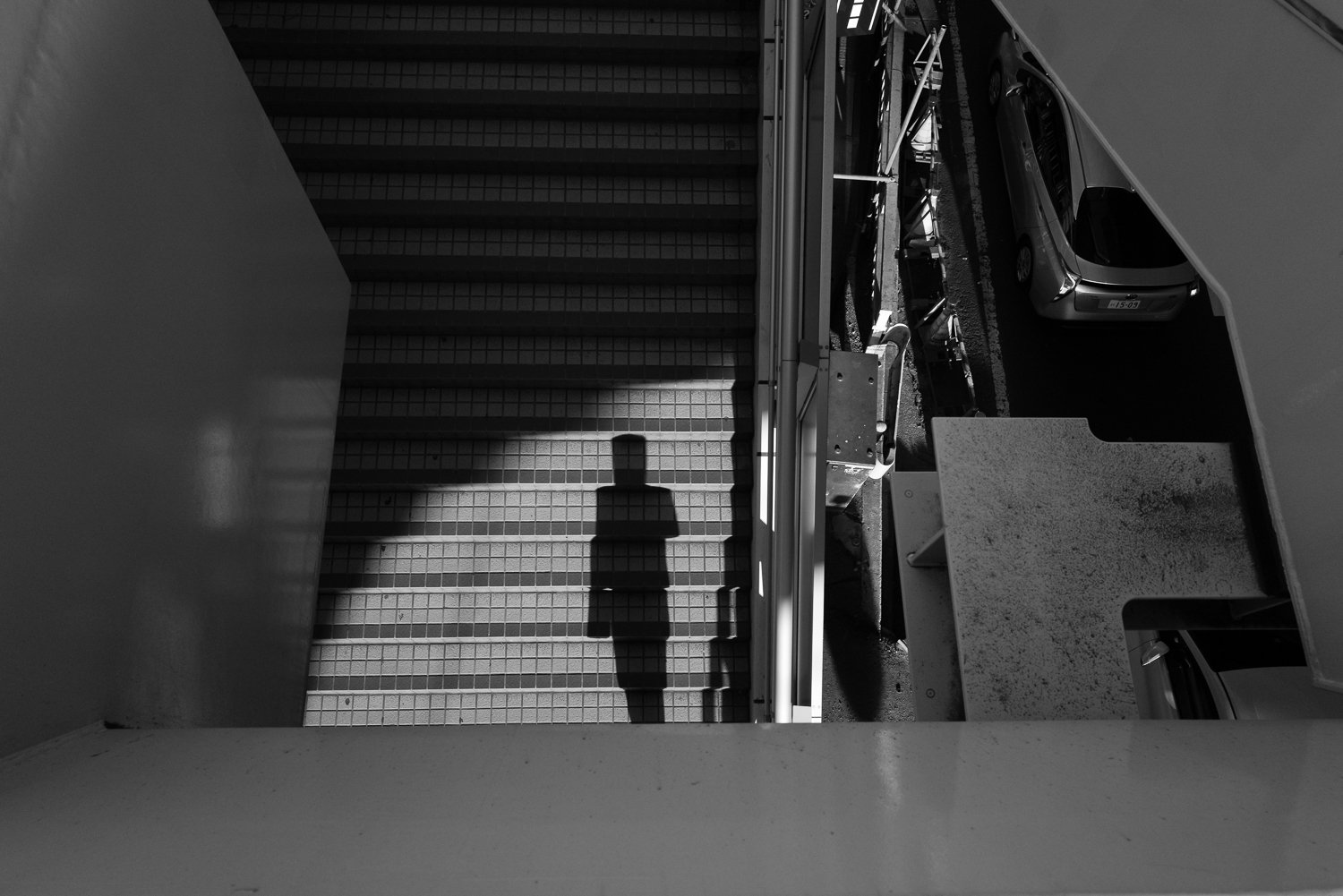
Street Photography Silhouettes in Tokyo
I recognize that some perceive silhouettes as clichés associated with beginners or lazy street photographers. However, I've included silhouettes in my list of favourite street photography images. That said, I regard street photography silhouettes similarly to any technique: they're valuable to know, and mastering them can be even more beneficial because you never know when the ideal opportunity will arise on the streets.

Are Monochrome Cameras Necessary?
In photography, monochrome cameras stand out for their unique ability to capture images in shades of black and white, delivering striking contrast and depth. While many photographers opt for traditional colour cameras, the benefits of monochrome cameras cannot be overlooked.

The Definitive Guide: Motion in Your Street Photography
Incorporating motion into any genre of photography adds dynamic layers to the composition. A visual layer encourages viewers to engage more deeply with the image, while a psychological layer prompts them to reflect on its meaning. This is particularly relevant in street photography, which encompasses a wide range of visual styles, techniques, and subject matter.

Is Every Image We Take a Self-Portrait?
Do you take self-portraits? I think we all do. I know we all do. From a certain point of view, we all do. At least, I think we do, don’t we?
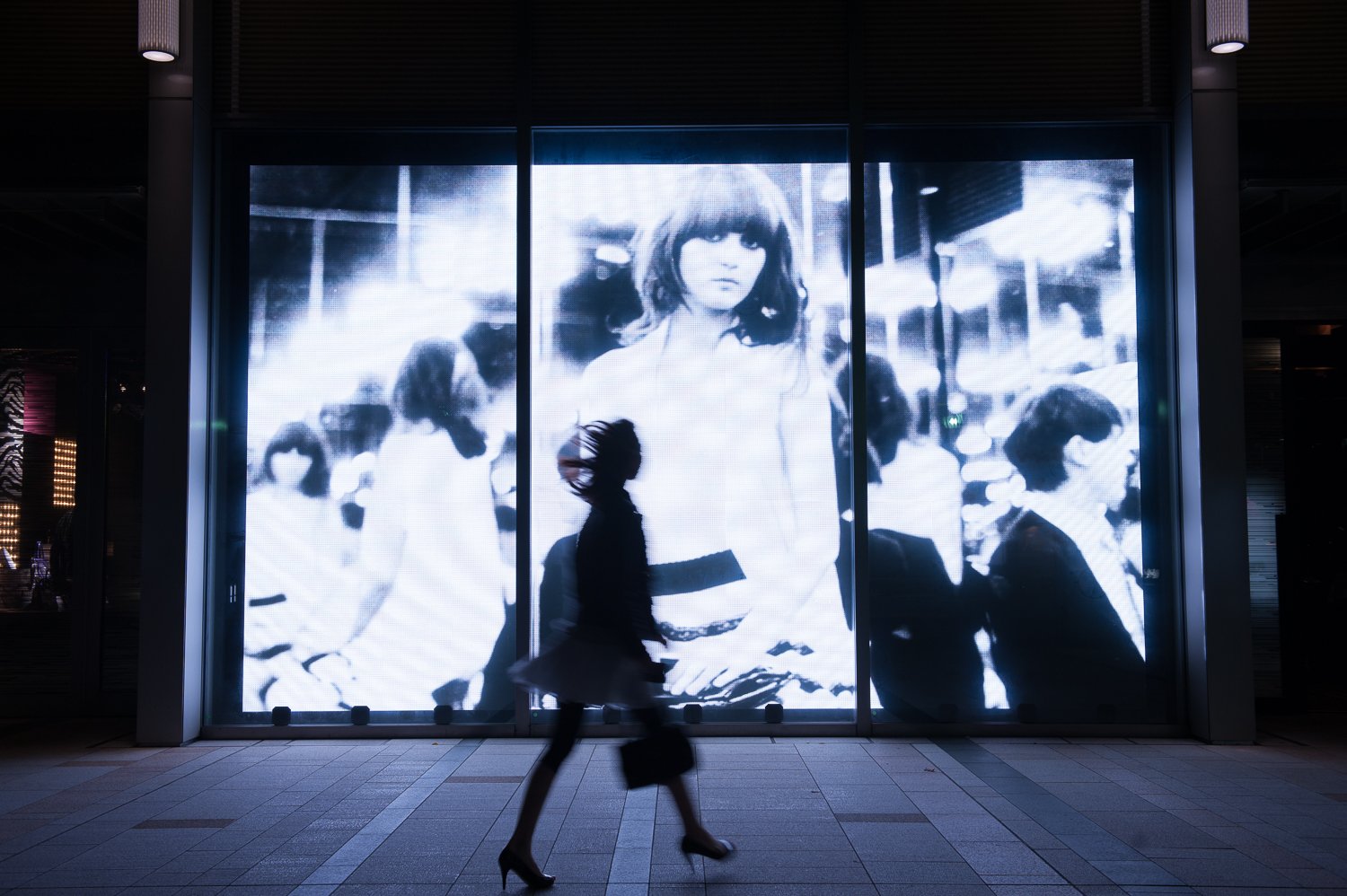
Returning to the Scene: Roppongi MidTown
Revisiting a location can yield impressive outcomes, exemplified by this image of a woman hurrying past an LED billboard in Tokyo Midtown.

The Art of Capturing The Walk in Tokyo.
Capturing a person walking by a captivating background is a straightforward and stylish entry point into street photography. I've been practicing this for over twenty years, which enabled me to shoot in manual exposure full time..

Photographing Tokyo’s Solitary Figure
In the bustling crowd of Tokyo, I find myself captivated by a solitary figure.
This notion may be a clichéd romantic ideal, precisely what artists aim to move away from. Instead, I prefer to embrace the unique perspectives that foster growth.

Good Luck at Shinjuku Station
I was lucky to witness this crazy stunt just outside Shinjuku Station South East gate. Although I had my camera ready in time, I was not good enough to capture the moment I saw in my mind—almost, but not quite.
In making your own luck, life experience goes a long way to getting the most out of it.
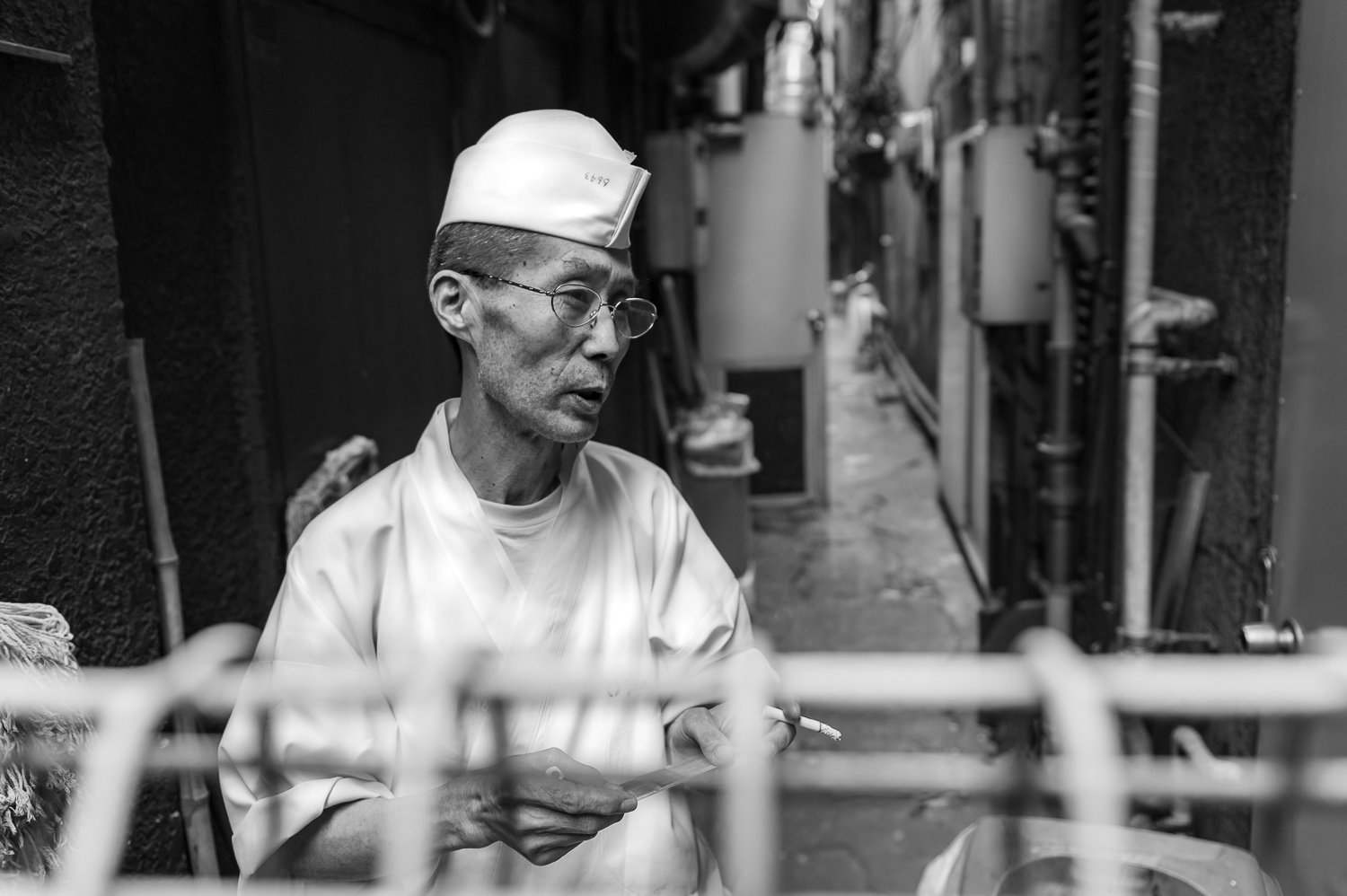
Photographing Strangers in Tokyo
Photographing People in Tokyo
The fear of photographing people is real, but it is also the most rewarding type of street photography, from the image created to the experience shared in its capture.

Motion in Shibuya
The Tokyo constant is motion. I have yet to practice street photography in New York, but I assume she is no different. I take advantage of motion every chance I get. Not for trend but for sincerity. It’s how I feel in the city; I am just like this girl, an observer, not a participant.
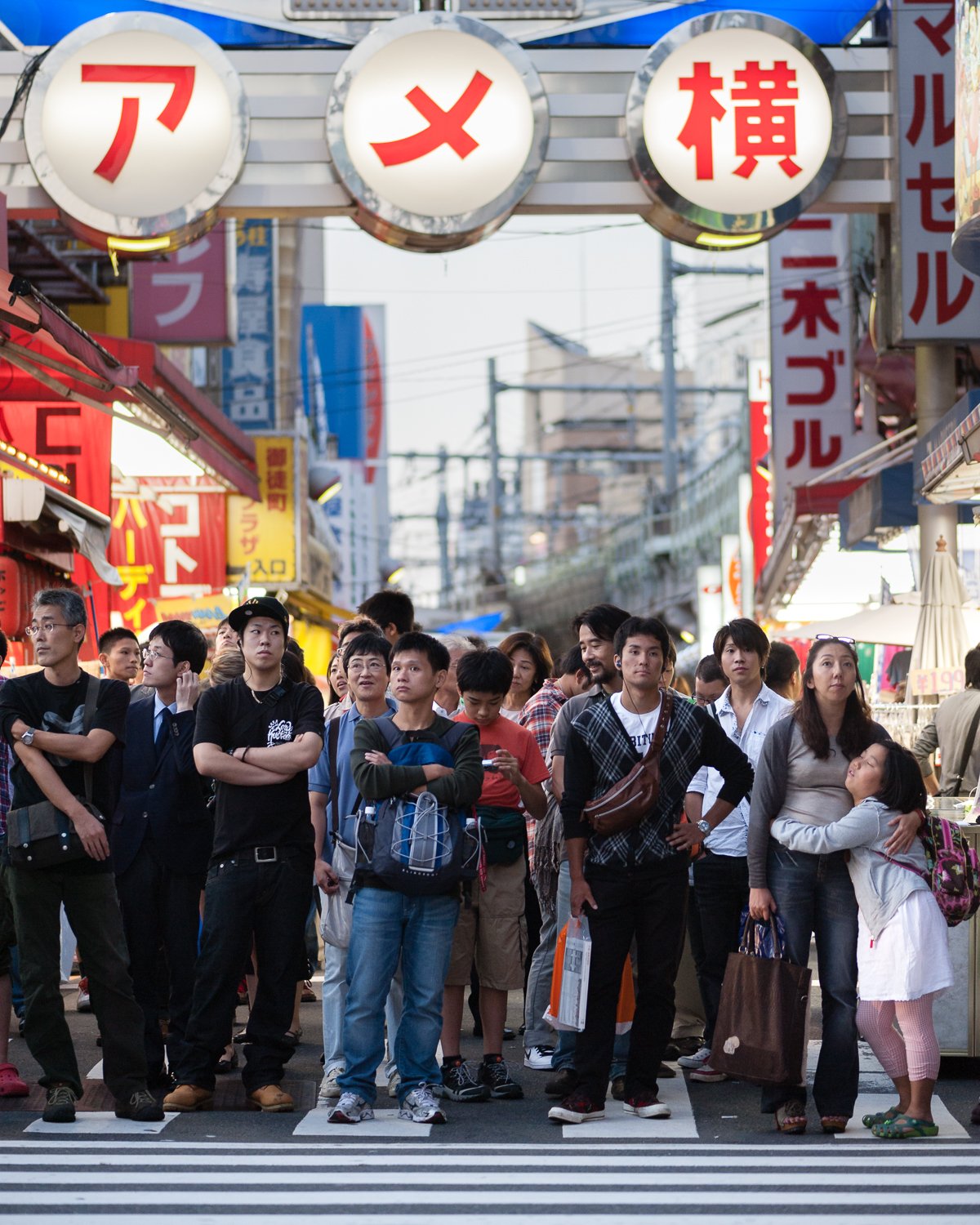
Eye Contact
Eye contact makes an image stand out. Some of the most outstanding shots in fashion, sports, portrait, and journalism are centred on eye contact, and street photography is no different. Whose eyes connect with who is often overlooked.